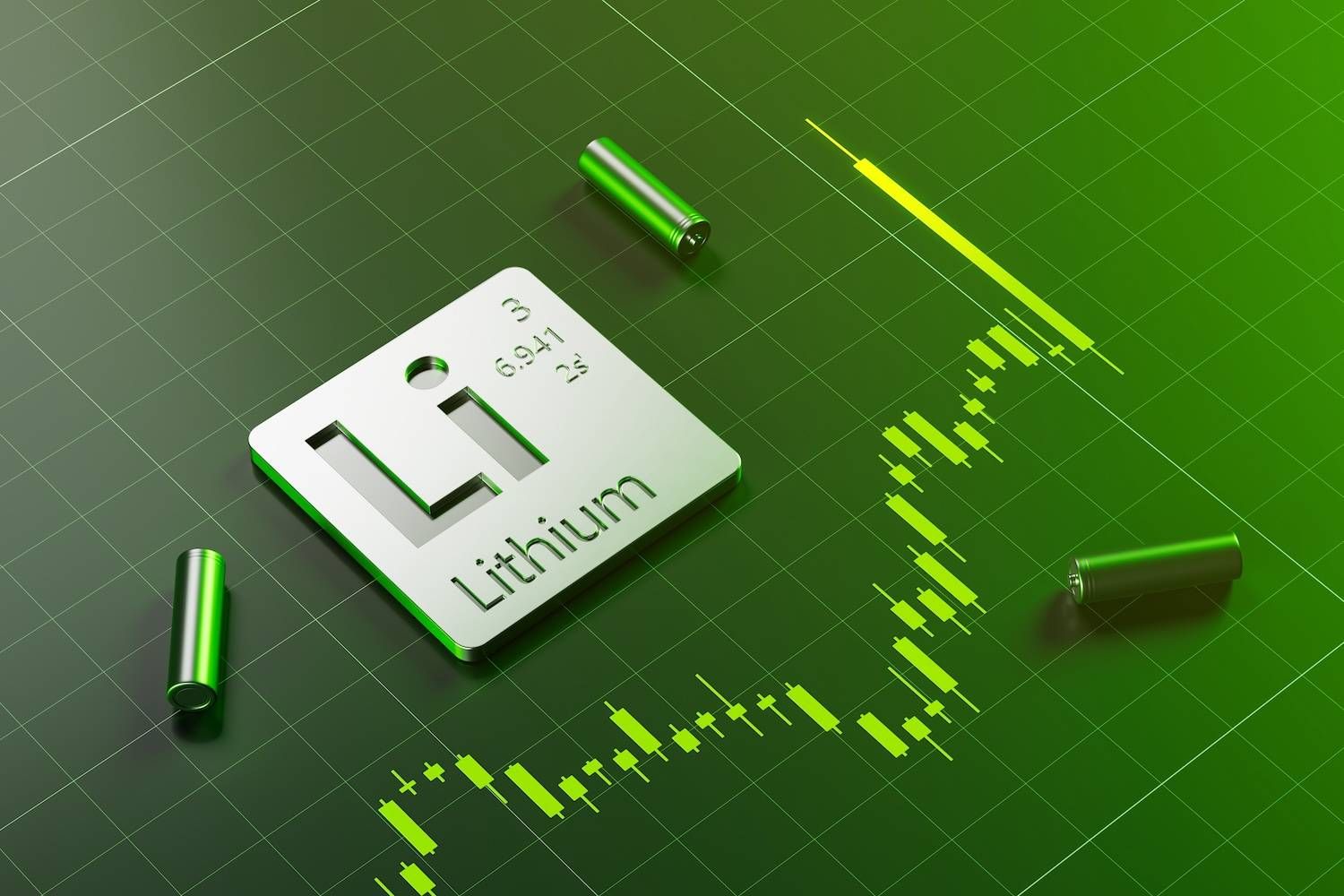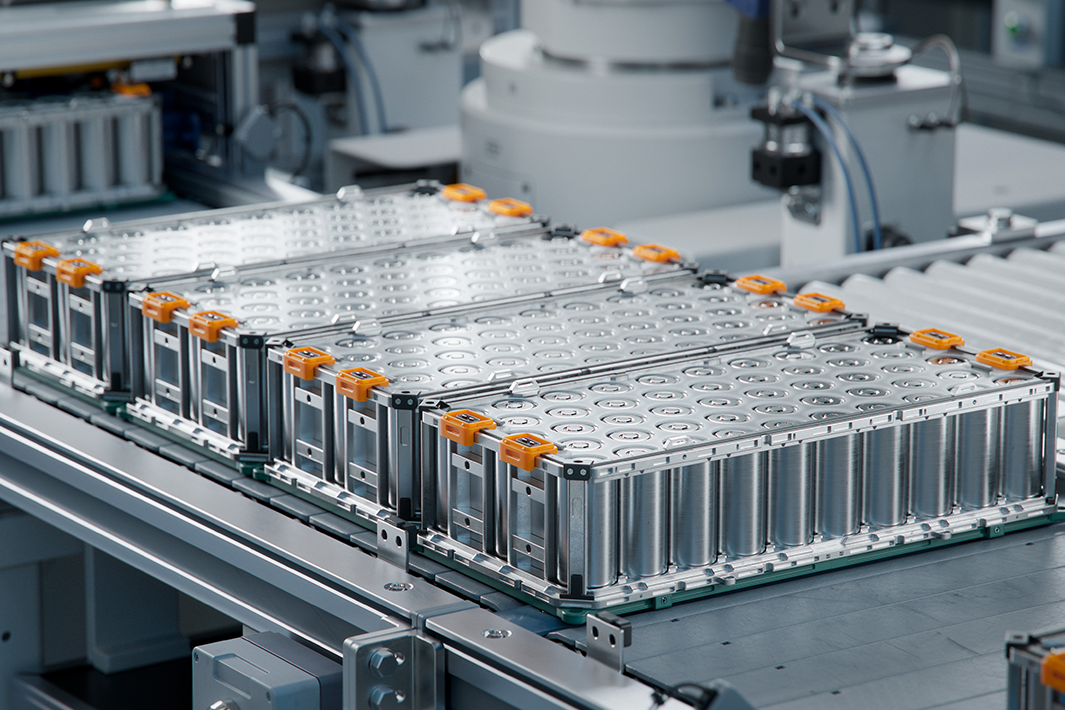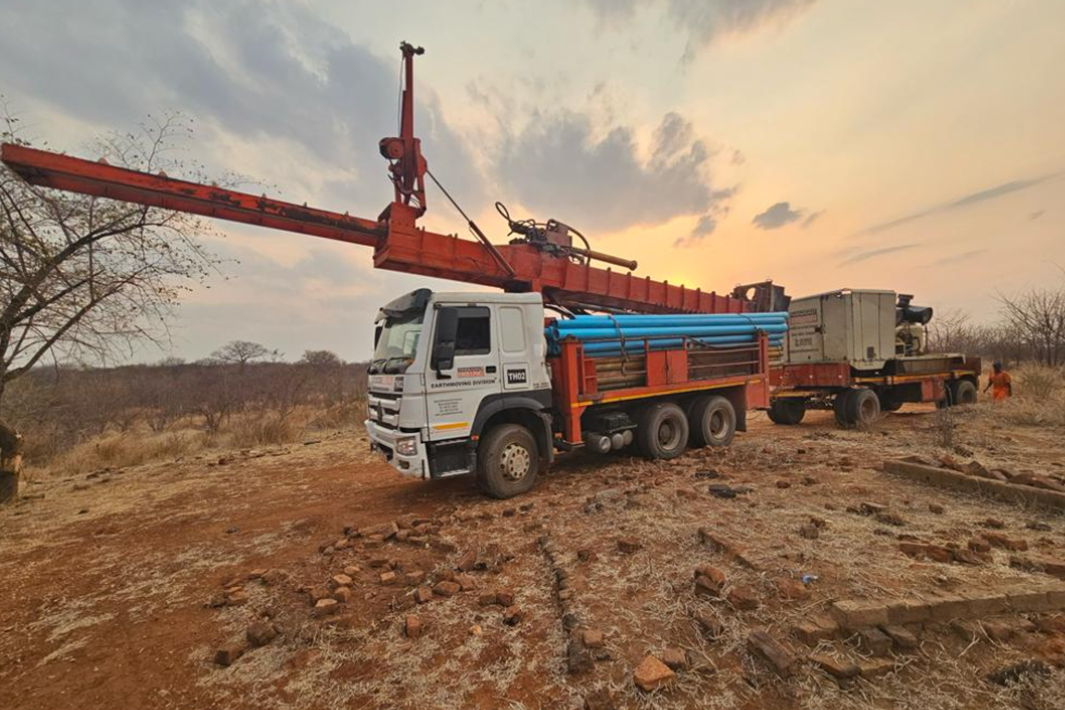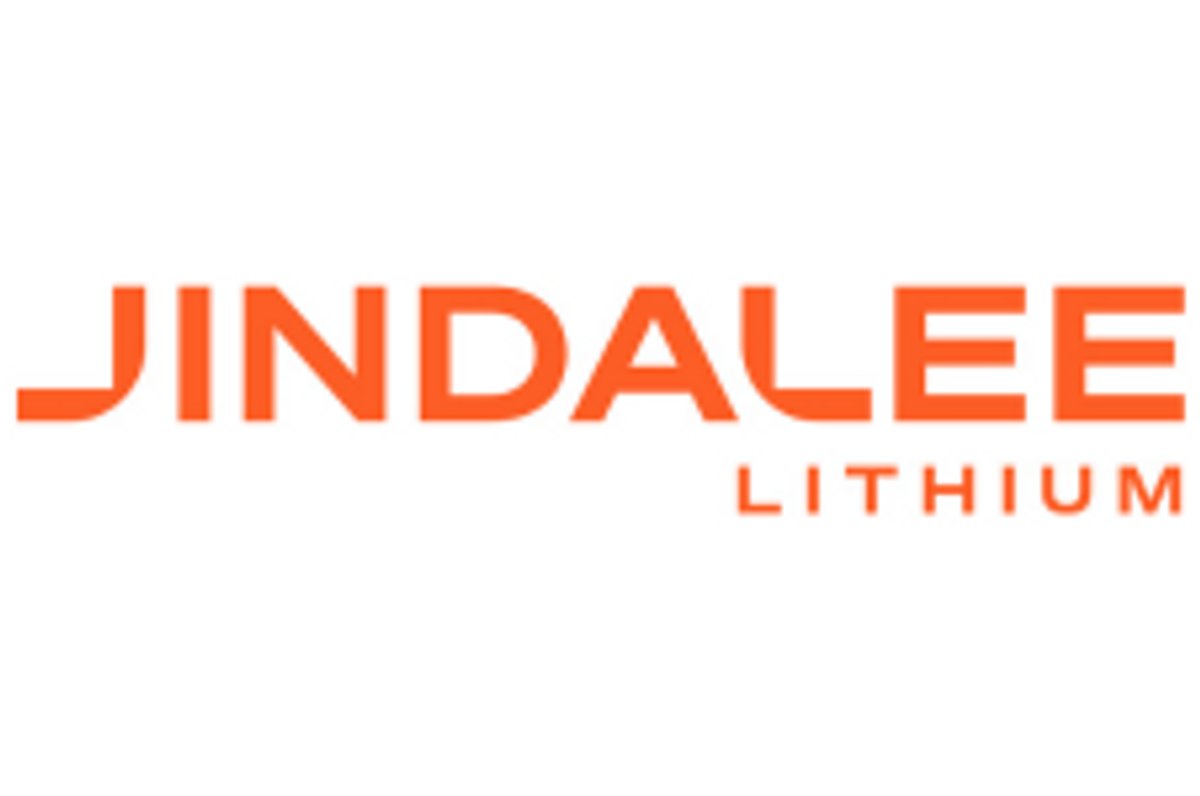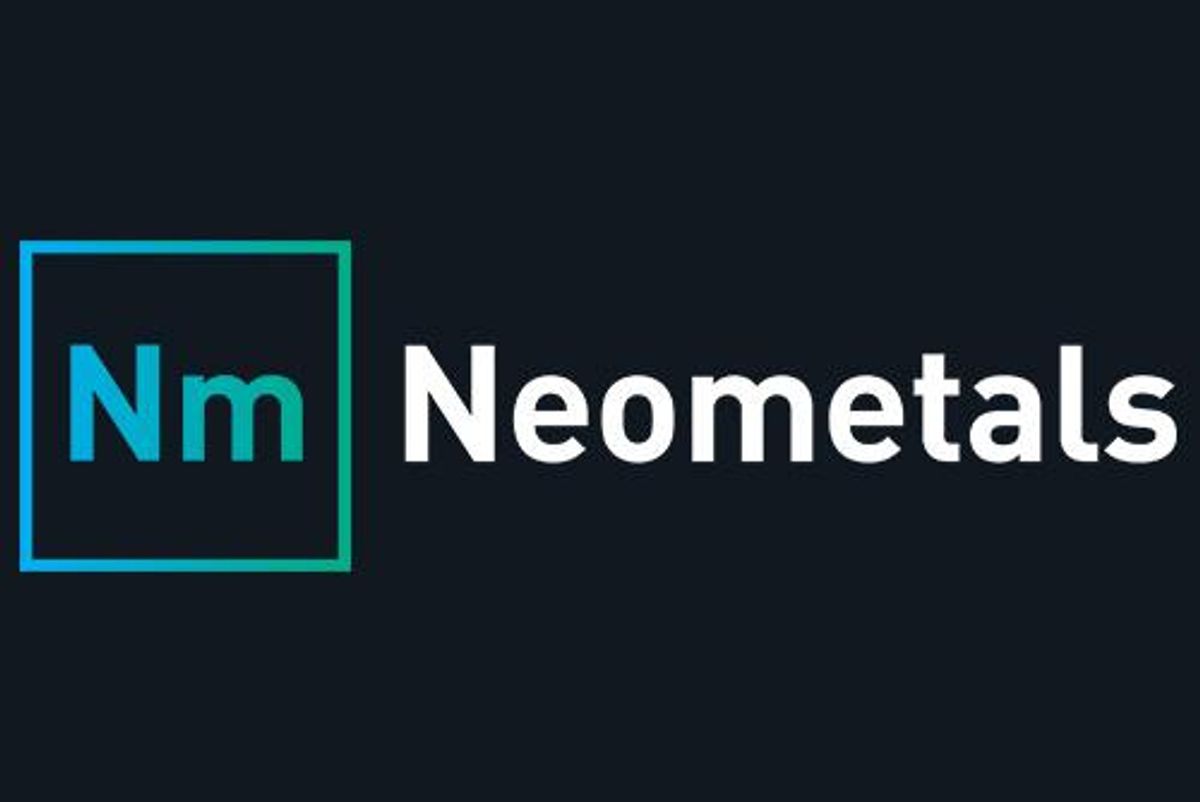
March 13, 2022
Innovative project development company, Neometals Ltd (ASX: NMT) (“Neometals” or “the Company”), notes the press release made today by Mercedes-Benz AG(“Mercedes-Benz”)(“Mercedes Release”). Mercedes-Benz has advised that its wholly owned subsidiary LICULAR GmbH (“LICULAR”) plans to cooperate with Primobius GmbH (“Primobius”), the incorporated joint venture company owned 50:50 by Neometals and SMS group GmbH (“SMS”), as part of Mercedes-Benz’s push to develop a holistic and sustainable recycling approach for lithium-ion batteries.
HIGHLIGHTS
• Neometals notes the press release made today by Mercedes-Benz AG (“Mercedes-Benz”), regarding its global strategy for recycling automotive battery systems, which includes a recycling plant at its Kuppenheim operations in Southern Germany;
• Mercedes-Benz has announced that its subsidiary LICULAR GmbH (“LICULAR”) plans to cooperate with Neometals’ battery recycling JV, Primobius, as its technology partner, for the design and construction of the proposed recycling plant;
• Primobius is in advanced discussions with Mercedes-Benz regarding the design and construction of a 2,500 tpa lithium-ion battery recycling plant for LICULAR’s facilities; and
• Neometals looks forward to Primobius’ continuing collaboration with Mercedes-Benz and will keep the market informed of developments.
Mercedes-Benz has today announced that Primobius is its preferred technology partner for the conceptual design and construction of a planned battery recycling and waste disposal recycling plant at Mercedes Benz’s Kuppenheim Operations in Southern Germany. The proposed recycling plant at Kuppenheim marks Mercedes-Benz’s first entry into the field of battery recycling. As set out in the Mercedes Release and based on preparatory work carried out by Primobius and LICULAR, Neometals expects the recycling plant will have a nominal capacity of 2,500 tonnes per annum (up to 10 tonnes per day) and will be built in two stages with the first stage (mechanical dismantling) commencing production in 2023.
Neometals confirms that Primobius is finalising discussions with Mercedes-Benz regarding the planned cooperation set out in the Mercedes Release. The formal agreements relating to the cooperation agreement are expected to be signed between Primobius and LICULAR, following negotiations under an earlier informal non-binding memorandum of understanding between the parties. Neometals is pleased with how the discussions are progressing and notes that Mercedes-Benz has publicly made its intentions known in advance of the parties executing binding legal agreements. Neometals looks forward to Primobius continuing its negotiations with Mercedes-Benz and providing further updates on the cooperation with LICULAR.
Chris Reed says:
“We are proud that Mercedes-Benz, one of the greatest names in the automobile industry, has announced its intention to partner with Primobius. Mercedes-Benz has made public its clear commitment towards sustainable battery recycling, with Primobius as its preferred technology partner for the design and construction of an integrated recycling plant in Kuppenheim. Lithium battery recycling supports conservation of resources, decarbonisation and supply chain resilience and we are excited to assist Mercedes in its goal to re-use recovered materials for the manufacture of new cells for Mercedes-EQ vehicle models.
All of our discussions to date have been very positive and we look forward to continuing our negotiations and entering into binding legal agreements in the near future.”
Click here for the full ASX release
This article includes content from Neometals, licensed for the purpose of publishing on Investing News Australia. This article does not constitute financial product advice. It is your responsibility to perform proper due diligence before acting upon any information provided here. Please refer to our full disclaimer here.
NMT:AU
The Conversation (0)
23h
Liontown's First Tjiwarl Member Completes Apprenticeship at Kathleen Valley
Liontown (ASX:LTR,OTC Pink:LINRF) has reached a milestone at its Kathleen Valley operations, with Vaughan Harris becoming the first Tjiwarl community member to complete an apprenticeship with the company.“Being the first Tjiwarl apprentice to complete an apprenticeship here at Liontown feels... Keep Reading...
22 December
Lithium Market 2025 Year-End Review
The global lithium market endured a bruising 2025, with persistent oversupply and softer-than-expected electric vehicle (EV) demand driving prices for the battery metal to multi-year lows.Lithium carbonate prices in North Asia slipped below US$9,550 per metric ton in February — their weakest... Keep Reading...
11 December
Mining the Gap: 5 Forces Shaping North America’s Lithium Supply Chain
A convergence of industry investments, government initiatives and a shifting global trade dynamic is creating an environment ripe for the development of a North American battery supply chain, with lithium playing a leading role. These trends are reshaping the region’s industrial base and opening... Keep Reading...
10 December
Rock Bottom: Strategic Window for Ground-level Lithium Investment
When lithium prices hit bottom, savvy investors know that’s exactly where the next big discovery begins — literally. Beneath the surface of global markets and remote exploration grounds, new opportunities are forming in the wake of a sharp price reset and renewed geopolitical urgency.Recent... Keep Reading...
10 December
Liontown Resources Pens Lithium Offtake Agreement with China's Canmax
Liontown Resources (ASX:LTR,OTC Pink:LINRF) has executed a binding offtake agreement with Chinese conglomerate Canmax Technologies (SZSE:300390) as part of its strategy to diversify its customer base.“Listed on the Shenzhen Stock Exchange, Canmax is one of the world’s leading manufacturers of... Keep Reading...
08 December
Trading Halt
Jindalee Lithium (JLL:AU) has announced Trading HaltDownload the PDF here. Keep Reading...
Latest News
Interactive Chart
Latest Press Releases
Related News
TOP STOCKS
American Battery4.030.24
Aion Therapeutic0.10-0.01
Cybin Corp2.140.00

